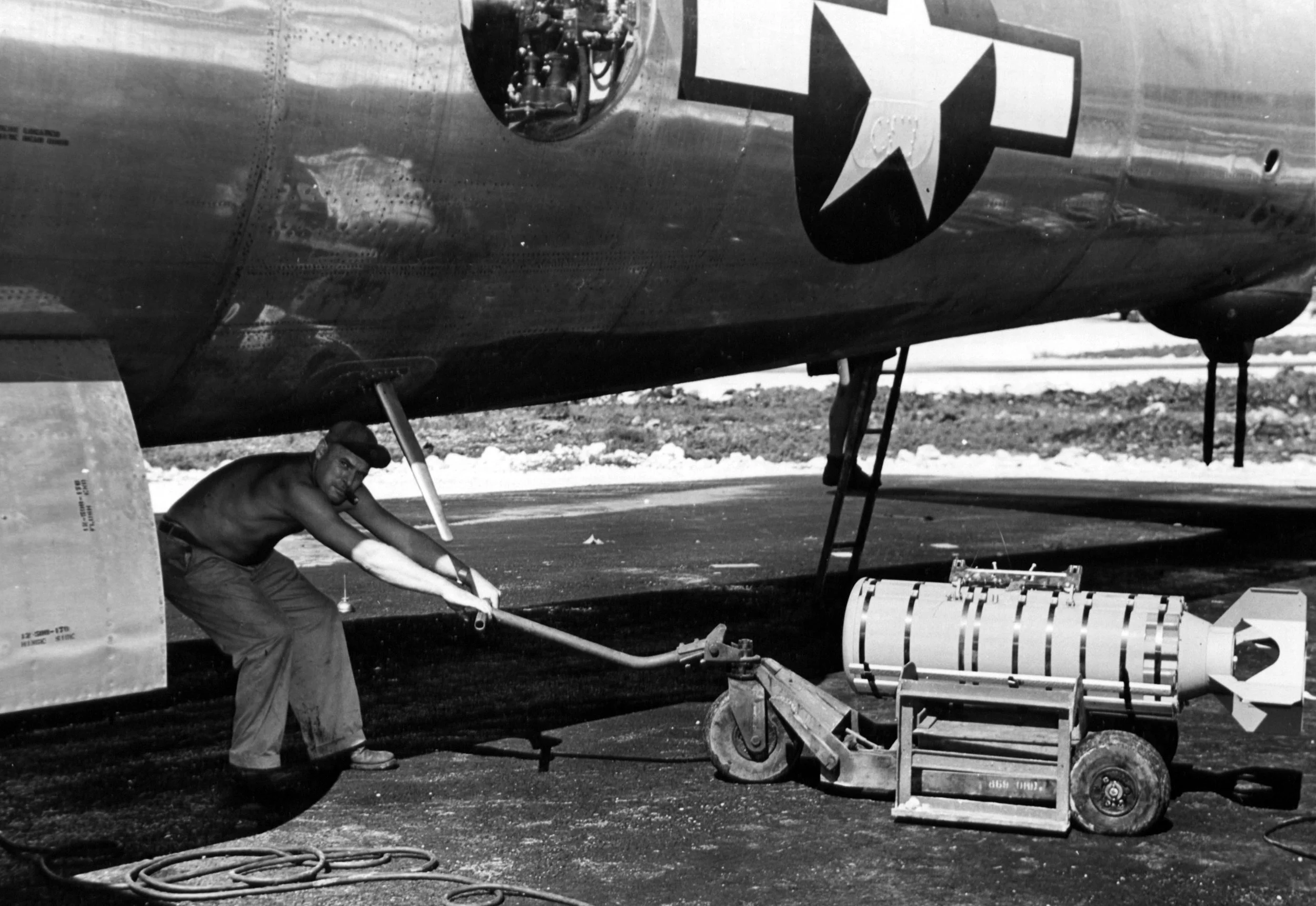Dec. 7, 1941 and the Chemical Warfare Service
When Japanese planes attacked on December 7th, 1941, one of the units on duty at Hickam Field was the 5th Chemical Service Company (Aviation). They were tasked primarily with providing defense against what might well have been bombs filled with mustard agent, phosgene or any of the other toxins Japan had used against soldiers and civilians in China. Although a service unit not usually engaged in direct combat, soldiers of the 5th CSC helped man anti-aircraft guns and are credited with downing an enemy plane. One 18-year-old soldier in the unit paid a heavy price. Pvt. John Lawrence Harrison, Jr. was seriously injured on December 7th when struck in the head by a Japanese machine gun bullet.
Closing Ondal Advance Chemical Park
Eighty years ago in September 1945, U.S. soldiers still faced real dangers and challenges, and many were called on to display true heroism. At the time, my father, Sgt. Roger Thomas, was newly arrived in India and was serving as a Toxic Gas Handler with the 771st Chemical Depot Company (Aviation) at Ondal Advanced Chemical Park in West Bengal. He was one of many replacements for more experienced soldiers who had been managing the CBI’s central stockpile of toxic chemical bombs. The bombs were filled with the same toxins that had been used during WWI, but had been manufactured and deployed in far greater quantities for possible “retaliation in kind” if Germany or Japan again initiated chemical warfare.
The Bombs that Really Ended WWII
As viewed from America, credit for ending World War II in the Pacific regularly goes to the two atomic bombs that devastated Hiroshima and Nagasaki on August 6th and 9th, 1945. With justification, Russians are more likely to emphasize the importance of the Soviet Union as it declared war against Japan on August 8th and began to flood 1.6 million troops into Japanese-occupied Manchuria. These and other events were certainly important, but neither did as much to degrade Japan’s will and ability to continue the war as did America’s 6-pound M69 incendiary bombs. The final use of these and other incendiary munitions came later in the war than most people realize. It was not until August 14—just one day before Emperor Hirohito publicly announced Japan’s unconditional surrender—that American B-29s conducted their last incendiary attacks.
The Heroism of Logistics, April 1945
Eighty years ago, in April 1945, a detachment of one officer and seven enlisted men from the 757th Chemical Depot Company were finally given the forward assignment they wanted. Their orders sent them from their Company’s base at Hickam Field in Hawaii to the Mariana Islands to assist in the firebombing attacks then being conducted on Japanese cities. Although personnel of the 757th had experience and expertise with both toxic chemical bombs and the most sophisticated of America’s incendiary bombs, this mission was planned to help fill a critical shortage of standard incendiary bombs with the quick delivery of low-tech barrel bombs.
The Chemical Bombs that DIDN’T Fall on Nagasaki
Eighty years ago, on March 5, 1945, Lt. Col. Wyss from U.S. Chemical Warfare Headquarters in Calcutta visited Ondal Advanced Chemical Park in West Bengal, India. The purpose of his visit was to reassess the stockpile of toxic chemical bombs then being maintained at Ondal by the 771st Chemical Depot Company (Aviation). Immediately after Wyss’s visit, the soldiers of the 771st began a major project to dispose of tens of thousands of chemical bombs that were judged to be either unneeded or unusable.




